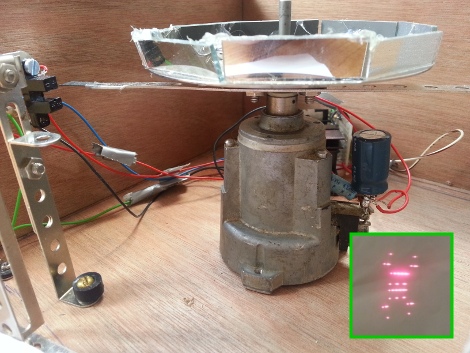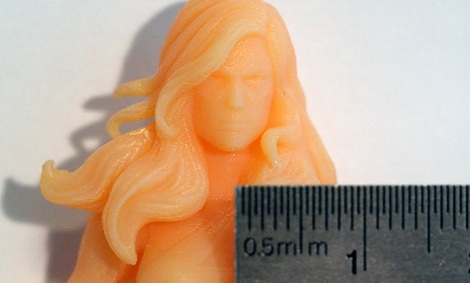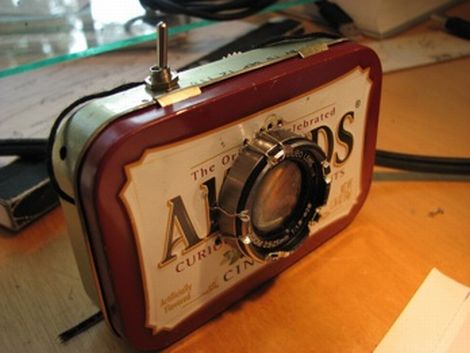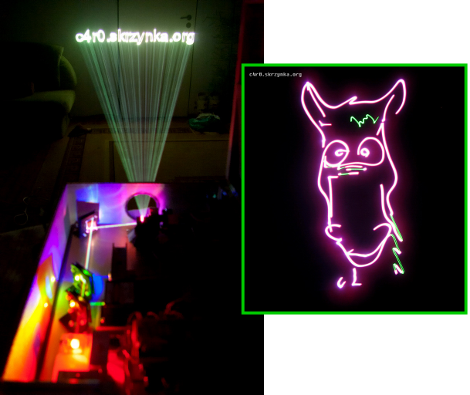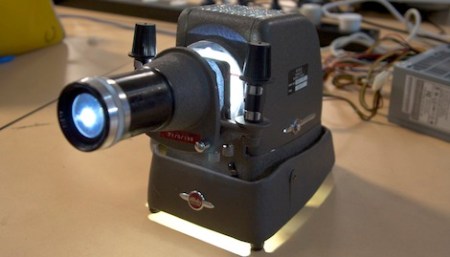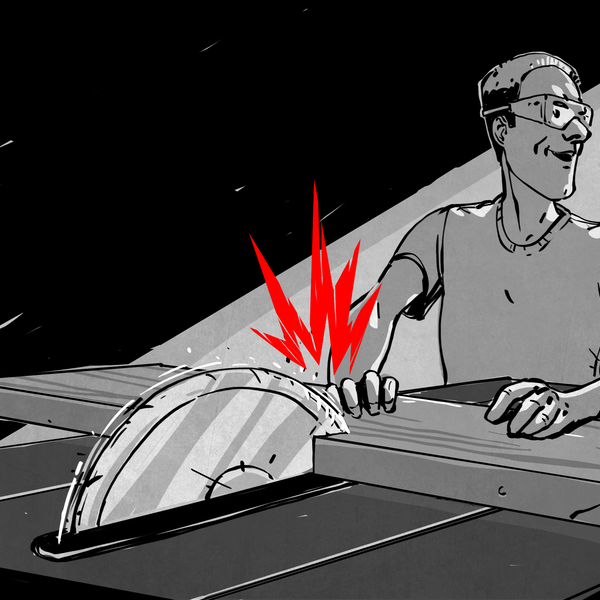We’ve shared many home made projectors in the past, but we think this might just be the first home made 3D projector!
[Nicholas] has created a wonderful write up on this project on his blog, and in an Instructable, and even more details are available on the original forum post (in French though).
To sum it up though, he’s using an old LCD from a broken laptop, split into two halves. By using a Fresnel lens and two separate optical lenses that are adjustable he can combine the two images (top and bottom of the LCD) on the wall. Then by adding a polarization filter to each lens, he can reuse the cheap 3D goggles from the cinema for his own setup to see in 3D! This style of passive 3D does require a special projector screen to keep the polarization intact — he’s using a Da-Lite Silverlight screen, whose metallic surface ensures the polarization is kept the same.
It’s a great project and is definitely worth checking out. If you’re in the mood for a smaller form factor projector, it’d be worth checking out this one we covered quite a few years ago!


